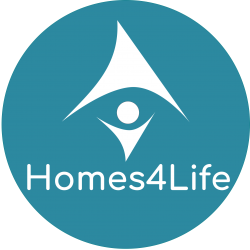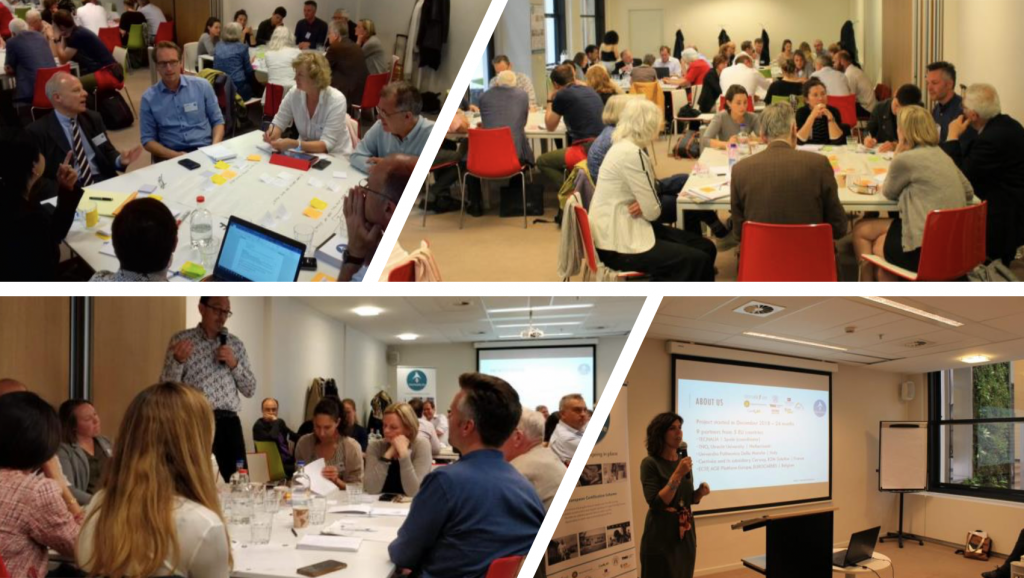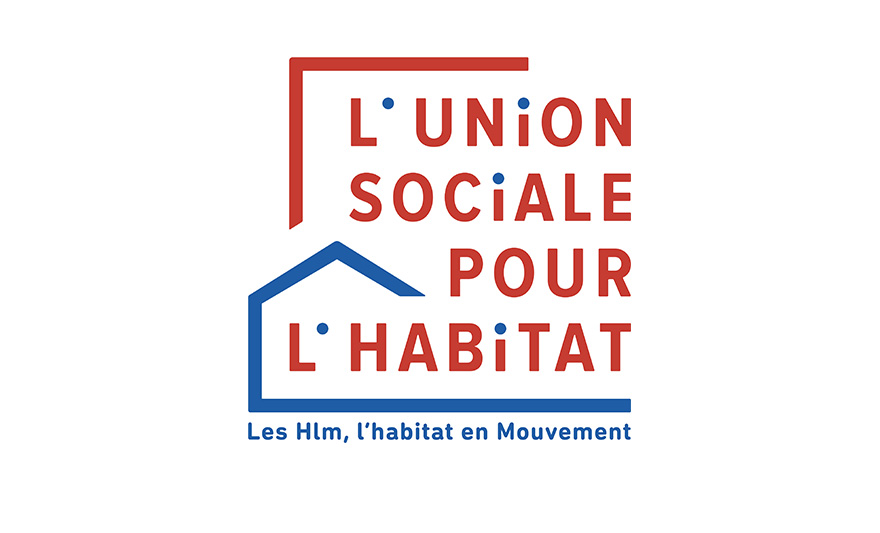Homes4Life Deliverable D4.1 – Version 0 of the Certification Scheme Technical Reference Framework – is now available for download.

Executive Summary
This document presents the Technical Reference Framework (TRF version 0) for the Homes4Life certification scheme. It lists all the requirements which will form the scheme in the future digital platform. It constitutes a provisional version of the TRF that will be further developed in v1 in M20 and final version in M22.
The main principles of a certification scheme are defined according to Certivéa’s experience and knowledge about certifications schemes. Specifics for Homes4Life certification scheme are described based on the deliverable D3.4: Homes4Life Functional brief.
The document goes through different aspects that must be considered when developing a Certification scheme. It details the main characteristics of a certification scheme, its principles and structure and general recommendations for its requirements.
Afterwards it focuses in the specific characteristics of the Homes4Life certification scheme, according to the Functional Brief (D3.4). Identification of the clients of the certification scheme, explanation of the scope of the certification scheme and description of the certification process where each requirement will be specified with its description and assessment method.
Finally, it describes the quality and validation process proposed for the Homes4Life certification scheme within the project.
This deliverable will be followed by two other versions of the TRF (v1 in deliverable D4.3 due month 20 and v2 in D4.4 due month 22).









 The Research Institute of the
The Research Institute of the 